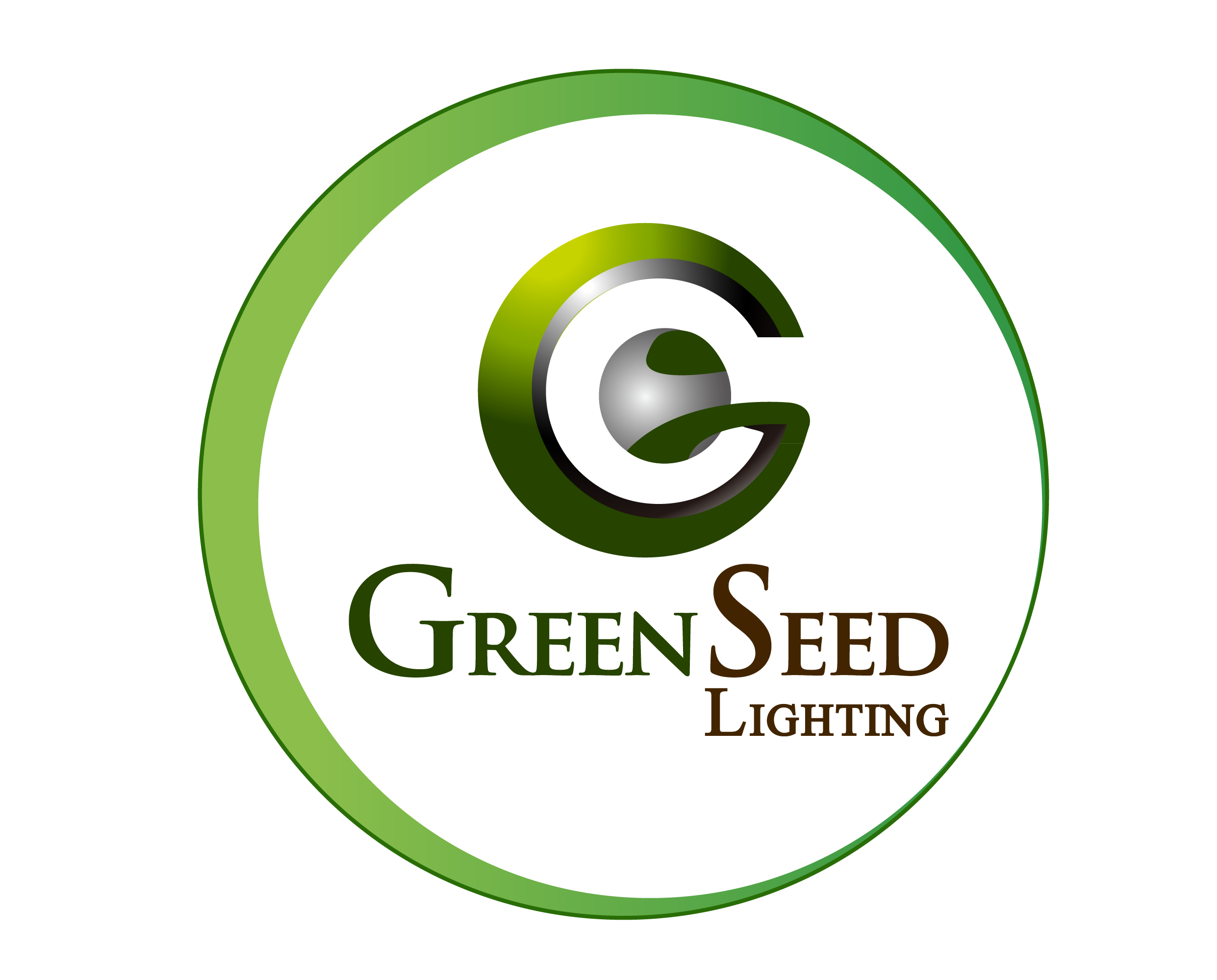LED lights, also known as Light-Emitting Diodes or LEDs, are the most recent exciting technological advancement in the lighting industry. LEDs are different than traditional incandescent lighting. For instance, LEDs are smaller, solid light bulbs that are extremely energy efficient and very long lasting. LEDs are also more rugged and durable than traditional incandescent light bulbs.
LED technology offers countless advantages over incandescent, neon, and compact fluorescent lighting devices. Such advantages include higher safety, reduced maintenance costs tied to exceptionally longer life spans (approx. 60,000 hours), and significantly lower energy usage, being 90% more efficient than incandescent lights.
LEDs are already in use in a wide array of practical applications, from residential and architectural lighting to industrial automation and controls, from aerospace and aviation to the automotive industry, in broadcasting and electronic instrumentation, entertainment, and gaming, and throughout traffic, safety, and transportation. LED lights are used extensively by the military.
The Advantages
Uses 90% Less Power
LED lights are highly energy efficient and consume up to 90% less power than incandescent light bulbs. Not only is energy saved but so is money! Because LEDs use only a fraction of the energy of an incandescent light, users see a dramatic decrease in their utilities expenses. Money and energy are also saved through decreased maintenance and replacement costs secondary to the LED’s longer lifespan. LEDs use such a significantly lower amount of power that they have become very popular as light sources in remote areas that use solar panels. It is evident that, although there is an initially higher cost in purchasing LEDs, savings are quickly amassed and accrued over time due to the lower electricity bills with LEDs versus using incandescent and fluorescent lighting.
Longevity
LED lights have a lifespan of approximately 60,000 hours compared to 1,500 hours in incandescent bulbs. An LED light will longer than 7 years – with constant use – before needing to be replaced. Generally, LED bulbs last 10 times longer than compact fluorescent bulbs and 133 times longer than incandescent bulbs! The very long lifespans of LED lights dramatically reduce maintenance costs and long-term operating costs when compared to traditional incandescent and fluorescent tubes.
Durability
A light-emitting diode (LED) is a solid-state lighting device that utilizes semiconductor materials instead of filaments or neon gas. LED light exists as a tiny chip encapsulated in an epoxy resin enclosure, making LEDs far more durable than traditional incandescent light bulbs or fluorescent tubes. LEDs can withstand shocks, vibrations, and extreme temperatures because they don’t use the same fragile components that other lights use, such as glass and filaments.
Environment
LED lights are made from non-toxic materials. Fluorescent lights, on the other hand, use mercury which poses a serious threat to your health and danger to the environment. LEDs are actually recyclable and considered green or eco-friendly. Future generations will thank you for using LED lights.
Color
LED lights are fun! They come in a variety of base colors such as red, green, blue, and amber. Plus, as we all know from Christmas lights, LEDs can be blended together to produce millions of different stunning color options. Traditional incandescent light bulbs use filters to produce colors, making them extremely inefficient.
Safety
Despite the cost savings and durability, improved safety might actually be the most important feature of LEDs.
- LED light bulbs generate practically zero heat. This means they are cool to the touch.
- LEDs can be left on for hours on end without incident or consequences if touched.
- LEDs produce 3.4 BTUs per hour, compared to 85 BTUs per hour in incandescent bulbs.
- Plus, incandescent lights expel as heat 90% of the energy they consume, making these bulbs very hot to the touch.
- Simply put, LEDs greatly reduce safety risks such as burns and fires. Your family, coworkers, and community deserve to be kept safer with LED lights.
Future
LED lights are poised to completely replace traditional incandescent lighting. LEDs are rapidly becoming the preferred lighting solution of both professionals and residential users. LED technology is always advancing, producing brighter and longer lasting LED bulbs. Did you know that The U.S. Department of Energy hopes to reduce all total electricity used for lighting by 50% by converting to LED based light sources? So should we all!
Uses
As mentioned above, LEDs are already in use in a vast variety of applications commercially and by the government. However, because LEDs are focused lights, they are proving their worth in many specific residential and business lighting tasks such as in desk lamps, reading lights, night lights, security lights, spot lights, accent lights, and lighting for signage.


